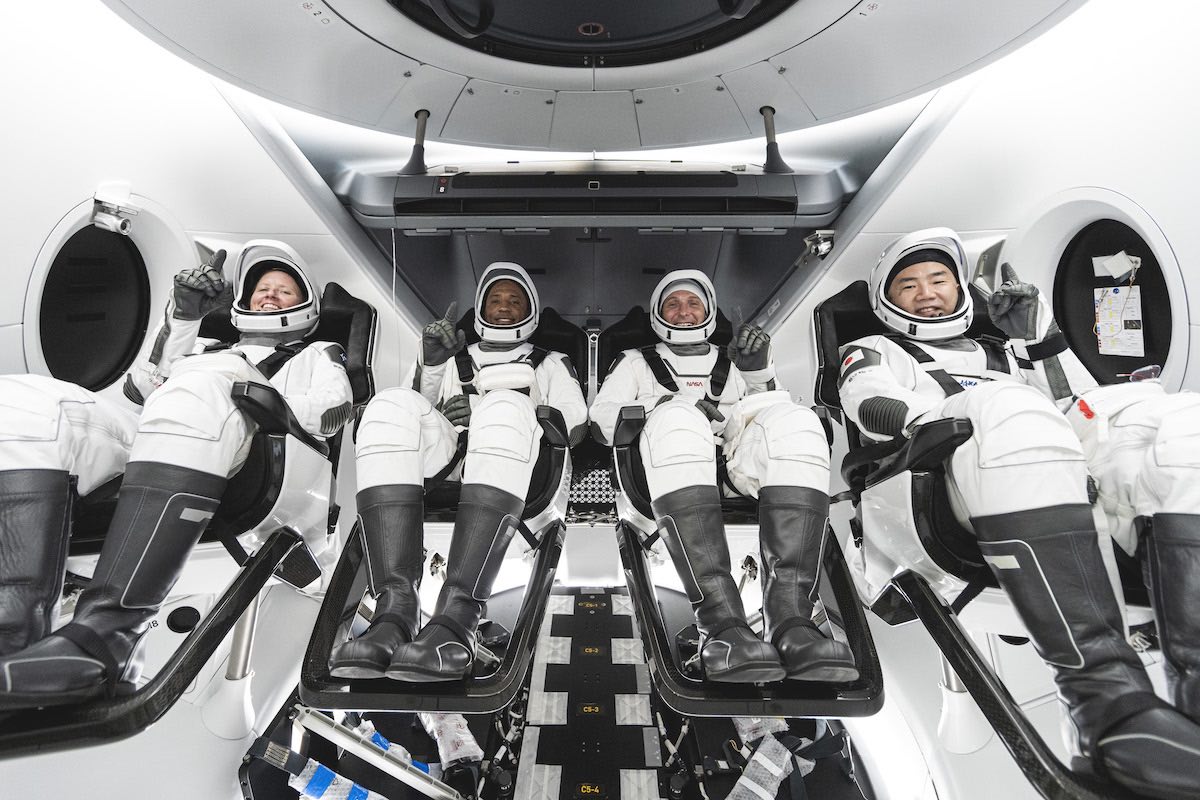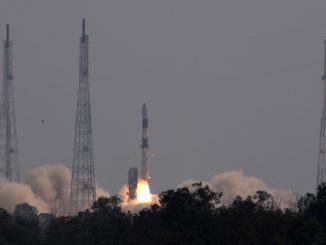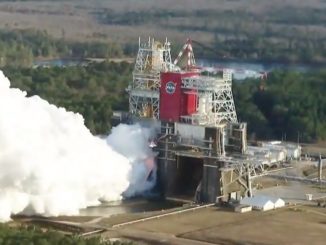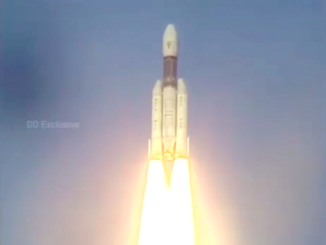
The first operational flight of SpaceX’s Crew Dragon spacecraft with four astronauts aboard is set to launch from the Kennedy Space Center in Florida no earlier than Oct. 23, following a formal certification review to assess data from the Crew Dragon’s two-man test flight that concluded earlier this month, NASA said Friday.
The four-person crew on the next Crew Dragon mission was set to blast off in late September, but NASA announced Friday that the launch would be pushed back to Oct. 23 to better fit within the International Space Station’s busy schedule of crew and cargo deliveries.
Spacecraft commander Mike Hopkins, pilot Victor Glover, and mission specialists Shannon Walker and Soichi Noguchi of the Japan Aerospace Exploration Agency will ride the Crew Dragon spacecraft into orbit on top of a Falcon 9 rocket from pad 39A at the Kennedy Space Center.
Assuming a launch on Oct. 23, the four-person crew will lift off around 5:47 a.m. EDT (0947 GMT) for a predawn climb into orbit. The launch time could be adjusted slightly as the International Space Station’s orbit changes due to aerodynamic drag and possible reboost maneuvers.
A launch Oct. 23 would put Hopkins and his crewmates on course to dock with the space station Oct. 24, kicking off a six-month expedition on the orbiting research complex.
The Crew Dragon mission set for launch in October will be SpaceX’s first regular crew rotation flight to the space station. Designated Crew-1, the mission follows the first Crew Dragon flight to the station on a demonstration mission with astronauts Doug Hurley and Bob Behnken.
Hurley and Behnken launched on SpaceX’s Demo-2 mission May 30 from the Kennedy Space Center and docked at the space station the next day. The launch marked the first time astronauts flew into orbit from U.S. soil since the retirement of the space shuttle in 2011.
The Demo-2 test flight concluded Aug. 2 with Hurley and Behnken’s splashdown Aug. 2 in the Gulf of Mexico. Although NASA and SpaceX say the Crew Dragon spacecraft performed well on the 64-day test flight, officials plan a review in late August or early September to assess data from the Demo-2 mission and formally certify the Crew Dragon for regular crew rotation missions lasting up to seven months.
SpaceX is under contract with NASA for at least six “post-certification” crew rotation missions to the space station through 2024. Through a series of funding agreements since 2011, NASA has committed more than $3.1 billion to SpaceX for development, testing and operational flights of the commercial Crew Dragon spacecraft.
“NASA certification of SpaceX’s crew transportation system allows the agency to regularly fly astronauts to the space station, ending sole reliance on Russia for space station access,” NASA said Friday.

In a statement released Friday, NASA said the Crew-1 mission’s launch was rescheduled from late September to no earlier than Oct. 23 in order “to accommodate spacecraft traffic for the upcoming Soyuz crew rotation and best meet the needs of the International Space Station.”
The Crew Dragon’s launch Oct. 23 and docking Oct. 24 will follow a Russian Soyuz crew rotation in mid-October.
Russian engineers are readying the Soyuz MS-17 spacecraft for launch Oct. 14 from the Baikonur Cosmodrome in Kazakhstan with Russian commander Sergey Ryzhikov, cosmonaut Sergey Kud-Sverchkov, and NASA astronaut Kate Rubins.
The Soyuz MS-17 crew will dock with the space station a few hours after launch, joining station commander Chris Cassidy and Russian flight engineers Anatoly Ivanishin and Ivan Vagner for a week-long crew handover.
Cassidy, Ivanishin and Vagner are due to depart the space station Oct. 21 and head for landing in Kazakhstan, leaving the three-person Soyuz MS-17 crew on the orbiting lab to await the arrival of the Crew-1 astronauts Oct. 24, which will raise the station crew size to seven.
Two U.S. resupply missions are also scheduled for launch to the space station before the end of the year.
A Northrop Grumman Cygnus commercial supply ship is set for liftoff Sept. 29 from Wallops Island, Virginia, on top of an Antares rocket. The Cygnus cargo freighter will arrive at the station Oct. 3 with several tons of experiments, crew provisions and other hardware.
A SpaceX Dragon cargo ship could launch from Cape Canaveral as soon as November. That mission will be SpaceX’s 21st cargo launch to the space station, but the first to employ a new supply vehicle design based on an unpiloted version of the Crew Dragon spacecraft.
The timing of the Crew-1 mission’s launch in October will set up the landing of Hopkins’ crew in late April, about one month after the scheduled launch and docking of the next Crew Dragon flight — known as Crew-2 — next spring. NASA wants at least several weeks of overlap between the Crew-1 and Crew-2 astronauts on the space station.
During that period, Russia plans to launch a fresh Soyuz crew mission to the space station to replace Ryzhikov, Kud-Sverchkov and Rubins. With eight Crew Dragon astronauts and six Soyuz crew members coming and going at the station next April, the research outpost could briefly host 14 astronauts and cosmonauts, breaking the record for the most people in space at one time.
Boeing is also gearing up for a second unpiloted test flight of its Starliner crew capsule late this year, but officials have not announced a target launch date for the mission. The Starliner will dock with the space station in a repeat of an unpiloted demonstration flight in December 2019 that failed to reach the orbiting research lab.
If that flight goes well, Boeing could launch astronauts to the space station on its commercial Starliner spacecraft for the first time in 2021. Like SpaceX, Boeing is under contract with NASA for at least six operational Starliner crew rotation flights to the station.
Email the author.
Follow Stephen Clark on Twitter: @StephenClark1.



